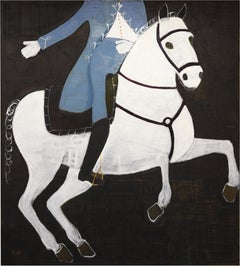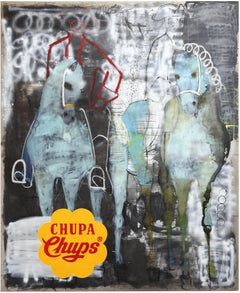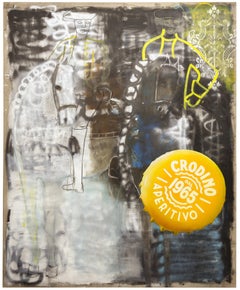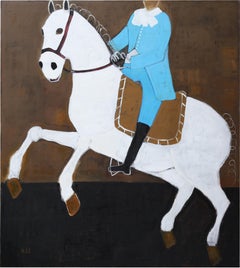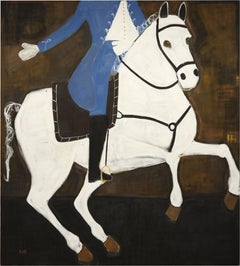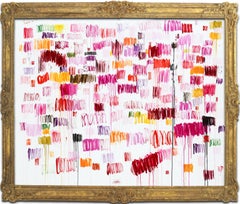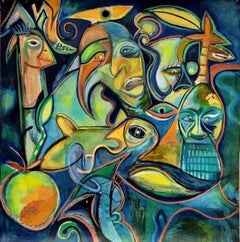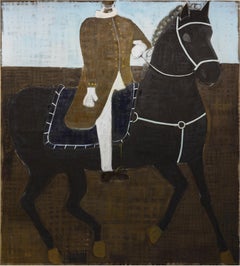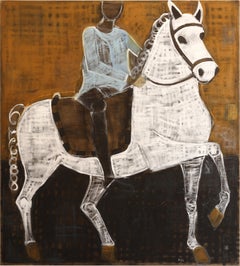Rubins J. Spaans Art
2010s Contemporary Rubins J. Spaans Art
Canvas, Linen, Oil
2010s Contemporary Rubins J. Spaans Art
Canvas, Charcoal, Oil Crayon, Raw Linen, Oil, Spray Paint, Acrylic, Pencil
2010s Contemporary Rubins J. Spaans Art
Canvas, Linen, Charcoal, Oil, Spray Paint, Acrylic, Color Pencil
2010s Contemporary Rubins J. Spaans Art
Canvas, Linen, Oil
2010s Contemporary Rubins J. Spaans Art
Canvas, Linen, Oil
2010s Abstract Rubins J. Spaans Art
Canvas, Linen, India Ink, Oil, Watercolor
2010s Contemporary Rubins J. Spaans Art
Canvas, Linen, Oil
2010s Contemporary Rubins J. Spaans Art
Canvas, Raw Linen, Oil
2010s Abstract Rubins J. Spaans Art
Canvas, Linen, Ink, Oil, Watercolor
2010s Contemporary Rubins J. Spaans Art
Canvas, Oil, Acrylic
2010s Contemporary Rubins J. Spaans Art
Canvas, Oil
2010s Outsider Art Rubins J. Spaans Art
Canvas, Oil Crayon, Acrylic
21st Century and Contemporary Symbolist Rubins J. Spaans Art
Paper, Ink, Acrylic, Color Pencil
21st Century and Contemporary Outsider Art Rubins J. Spaans Art
Canvas, Oil Crayon, Acrylic
21st Century and Contemporary Contemporary Rubins J. Spaans Art
Canvas, Oil, Acrylic
21st Century and Contemporary Abstract Rubins J. Spaans Art
Acrylic, Linen, Wood, India Ink
Nicholas Evans“So Plant, So Animal” (Graphic, Bold, Abstract, Neutral, Framed, Linen Painting), 2022
21st Century and Contemporary Abstract Rubins J. Spaans Art
Canvas, Oil, Acrylic, India Ink, Graphite
2010s Outsider Art Rubins J. Spaans Art
Canvas, Oil Crayon, Acrylic
21st Century and Contemporary Abstract Rubins J. Spaans Art
Linen, Wood, India Ink, Acrylic
21st Century and Contemporary Contemporary Rubins J. Spaans Art
Canvas, Oil, Acrylic
21st Century and Contemporary Contemporary Rubins J. Spaans Art
Canvas, Paper, Pastel, Mixed Media, Acrylic
2010s Contemporary Rubins J. Spaans Art
Linen, Canvas, Oil
2010s Contemporary Rubins J. Spaans Art
Canvas, Linen, Oil
2010s Contemporary Rubins J. Spaans Art
Canvas, Linen, Oil
2010s Contemporary Rubins J. Spaans Art
Canvas, Linen, Oil
2010s Contemporary Rubins J. Spaans Art
Canvas, Linen, Oil
2010s Contemporary Rubins J. Spaans Art
Canvas, Linen, Oil
2010s Contemporary Rubins J. Spaans Art
Canvas, Raw Linen, Oil
2010s Contemporary Rubins J. Spaans Art
Canvas, Linen, Oil
2010s Abstract Rubins J. Spaans Art
Canvas, Linen, Oil, Watercolor, Ink
2010s Contemporary Rubins J. Spaans Art
Canvas, Linen, Oil
2010s Abstract Rubins J. Spaans Art
Ink, Oil, Watercolor, Paper
2010s Abstract Rubins J. Spaans Art
Ink, Oil, Watercolor, Paper
